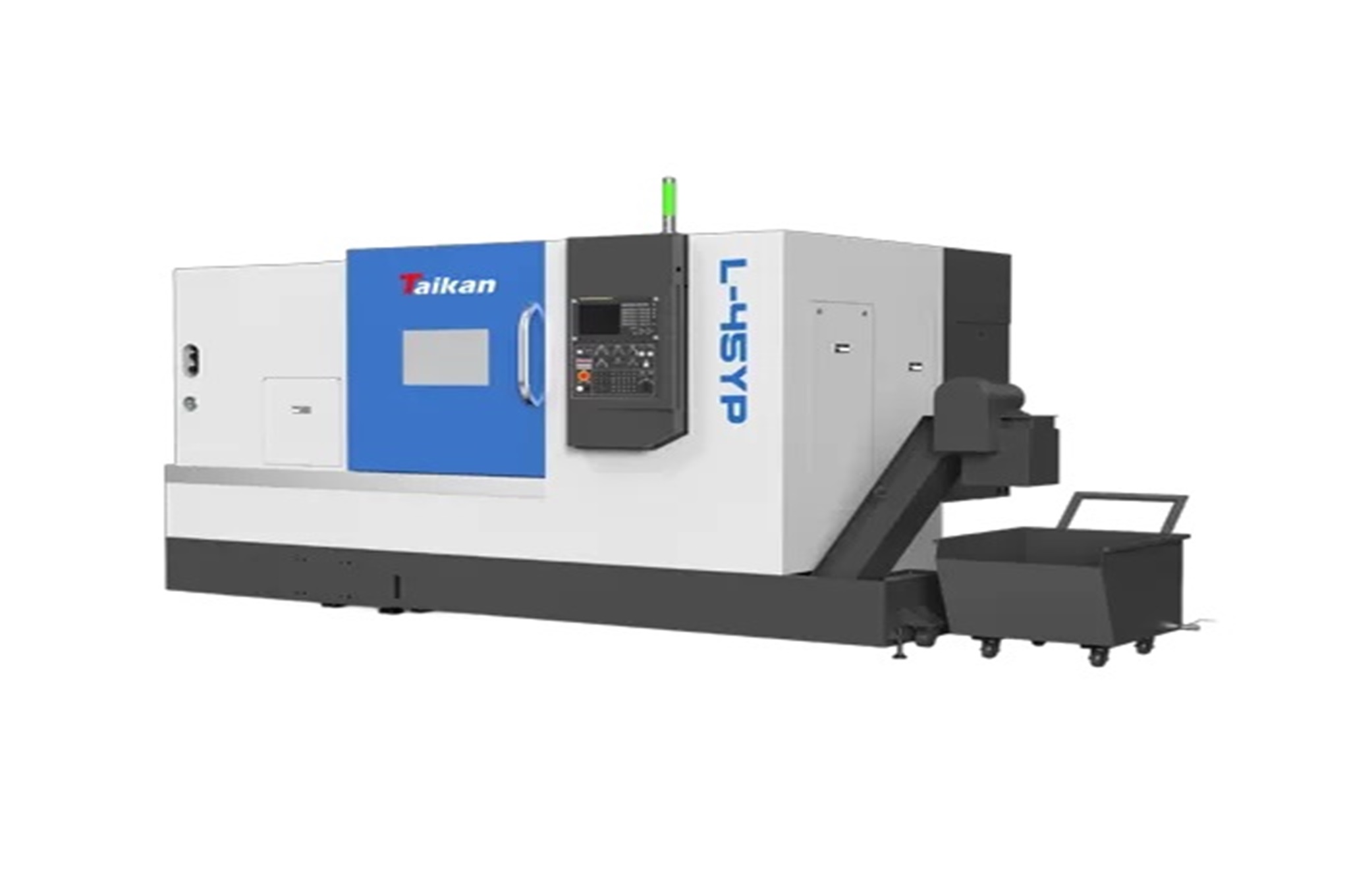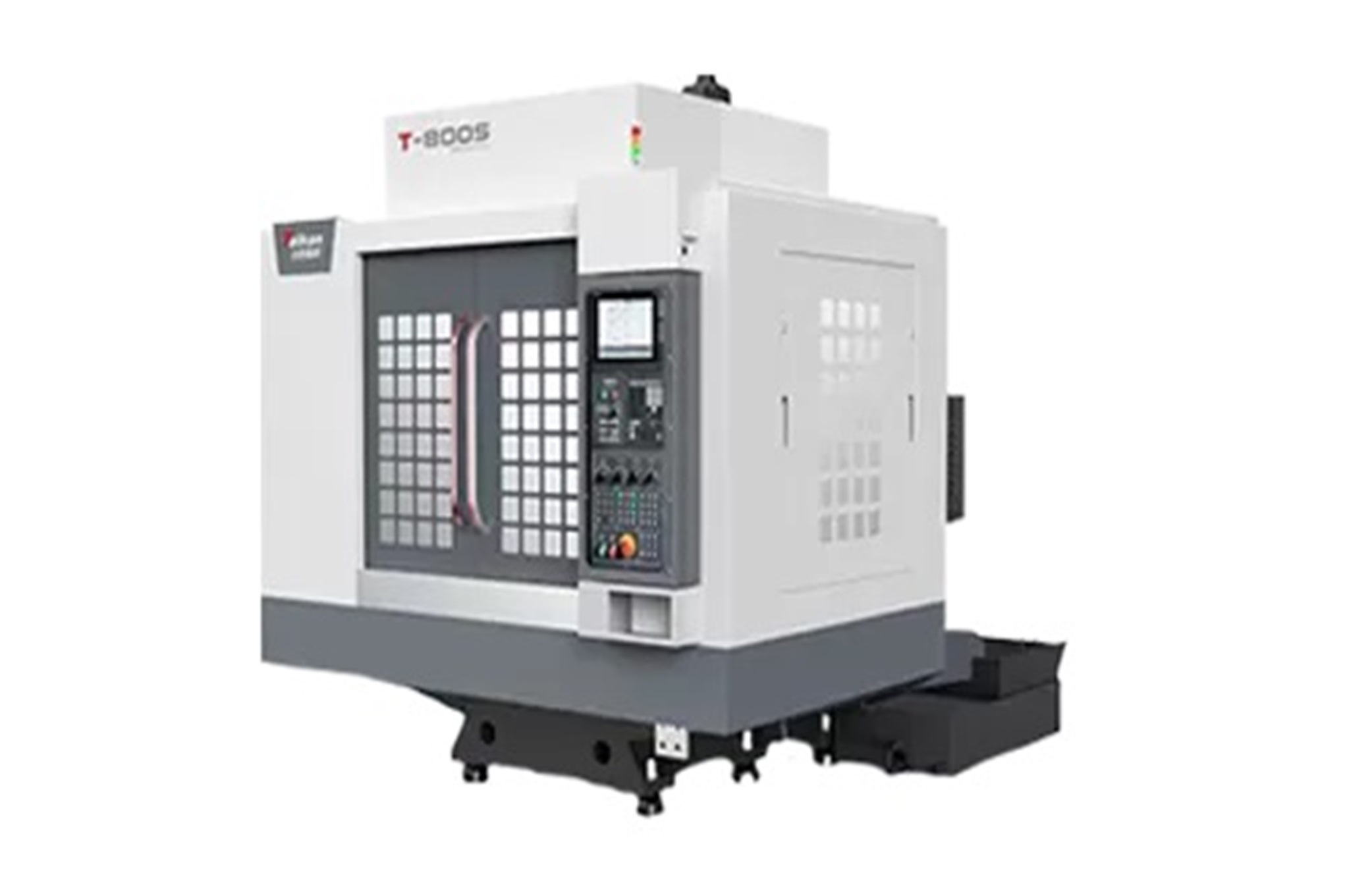The CNC vertical lathe machine is a high-precision, high-efficiency CNC machine tool that is widely used in various metalworking fields. The spindle axis of the machine is vertical to the horizontal plane, and the worktable is used for clamping the workpieces, rotating within the horizontal plane, allowing it to perform cutting operations at various angles. Compared to traditional lathes, the CNC vertical lathe integrates computer numerical control technology, offering automation, high precision, and high efficiency, making it an indispensable tool in modern manufacturing.
Advantages of CNC Vertical Lathe Machines
CNC vertical lathe machines are mainly used to process medium to large, heavy workpieces with short lengths and large diameters, particularly those that are difficult to clamp with horizontal lathes. Compared to horizontal lathes, the workpiece clamping and alignment are more convenient. The vertical layout reduces the load on the spindle and bearings, maintaining high work accuracy. CNC vertical lathe machines can form single or multiple machine automatic lines, with features such as high processing efficiency, high accuracy, and a high degree of automation.
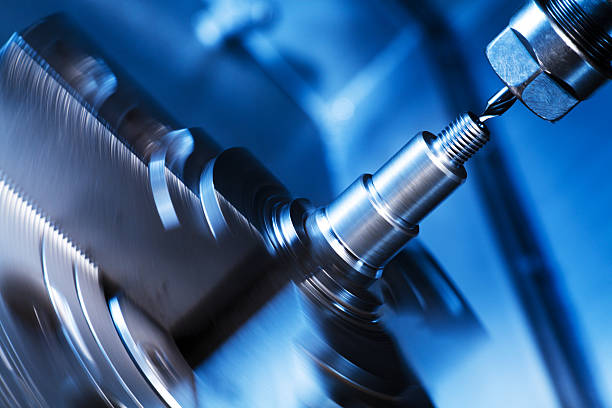
Main Parts Processed by CNC Vertical Lathe Machines
Due to their structural characteristics and processing capabilities, CNC vertical lathe machines are suitable for machining a variety of parts such as discs, short shafts, and sleeves. These machines are ideal for processing parts like flywheel discs, flange plates, brake discs, pulleys, brake drums, bearing rings, main bearing caps, cylinder blocks, transmission housings, molds, and more. They are also suitable for manufacturing specialized parts such as engine components, wheel hubs, turbine blades, rims, shock absorber mounts, and others. The CNC vertical lathe machine is widely used in industries such as automotive, aerospace, rail transportation, construction machinery, power, energy, and general machinery.
Classification of CNC Vertical Lathe Machines
CNC vertical lathe machines can be classified in various ways. A commonly used definition refers to two-axis CNC vertical lathe machines, while more advanced models include three-axis, four-axis CNC vertical turning centers, and five-axis CNC vertical machining centers. Due to limitations in knowledge structure, this article focuses on small to medium-sized CNC vertical lathe machines.
Development Trends of CNC Vertical Lathe Machines
In recent years, with the rapid development of global high-end manufacturing and national economies, the demand for large, complex, and high-precision machining of short shafts and disc-shaped parts has increased. As a result, vertical lathes have evolved from basic models to CNC and five-axis linked versions, moving from two-axis → three-axis → four-axis → five-axis configurations. The accuracy has increased, with capabilities now reaching millimeter, micron, and sub-micron levels. Additionally, feed rates have become faster, ranging from 10 → 15 → 30 → 60 → 120 m/min. Intelligent control, energy efficiency, environmental protection, and improved human-machine functionality are also key trends. The following are the six major development trends for CNC vertical lathe machines:
Stabilization: Ensuring product quality stability and high reliability has become a major goal for machine tool manufacturers, as it is critical to meet customer demands.
Automation: the CNC vertical lathe is increasingly being integrated into complete systems such as automated lines, intelligent lines, and machining islands, representing a new trend in the industry.
Efficiency: CNC vertical lathe machines provide high efficiency and excellent quality, and the pursuit of high-speed and high-efficiency processing significantly increases productivity and reduces processing costs.
Multifunctionality: A single CNC vertical lathe can achieve multi-step processing such as turning, milling, drilling, tapping, boring, heat treatment, and additive manufacturing.
High Precision: The repeat positioning accuracy for standard machining has reached within 5μm, while precision machining can achieve up to 1-1.5μm.
Intelligent Features: CNC vertical lathe machines are equipped with real-time monitoring of machine status, automatic optimization of parameters, automatic compensation, tool/workpiece interference detection, and intelligent maintenance and remote diagnostics.
Why Choose Taikan?
9 CNC machine tool series with customizable configurations to meet most machining needs.
20 years of industry experience and 700+ core patents, leading the industry.
ISO-certified, high-precision machines, trusted by global customers.
Sales and service network covering 50+ countries and regions, ensuring rapid response.
After-sales service: Professional support and maintenance training.
High-quality, long-lasting genuine parts, with strict quality control from procurement to manufacturing.
Standardized training for distributors, ensuring top-quality service.
Welcome to Contact Us!

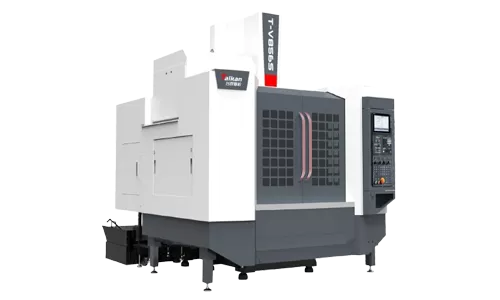
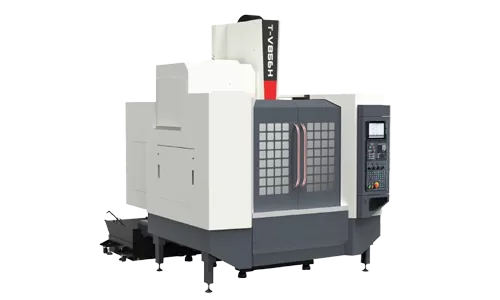
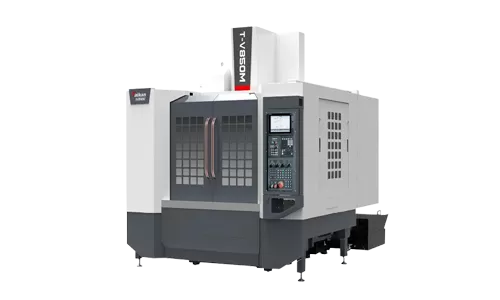
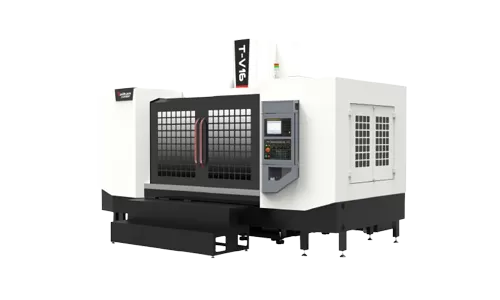
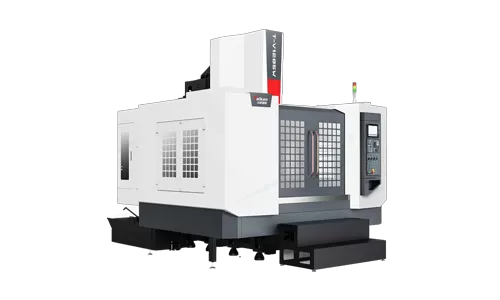
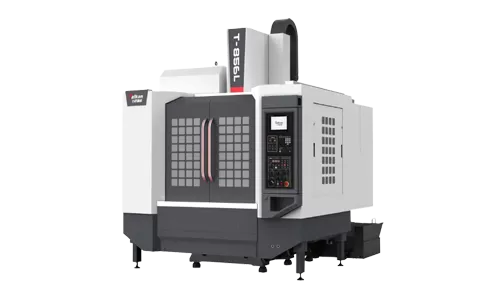
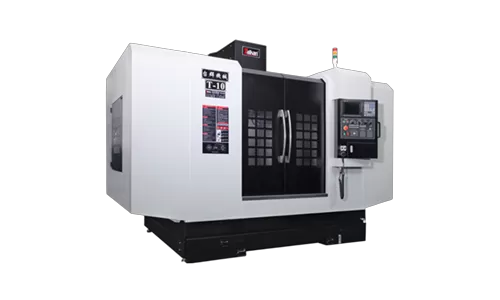
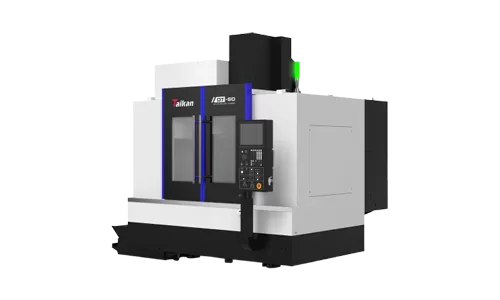
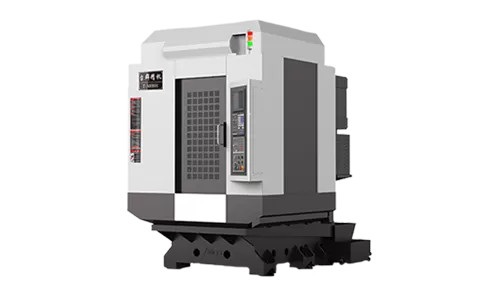
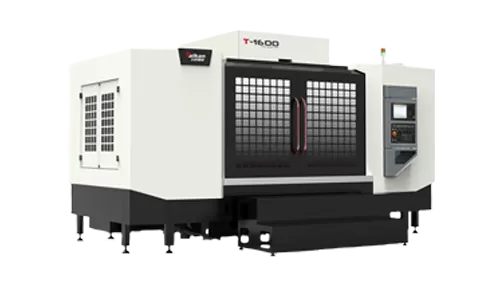
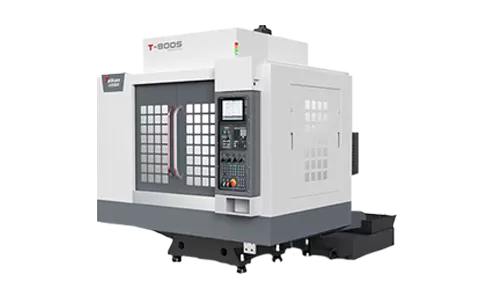
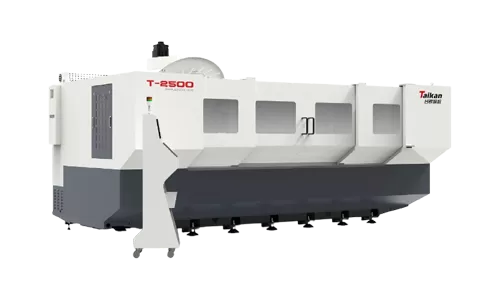
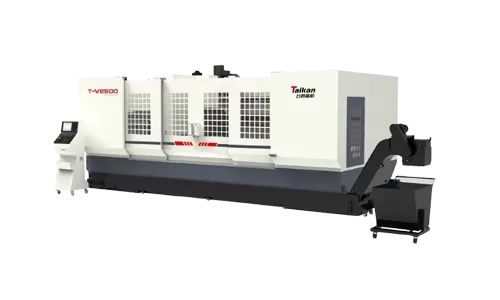
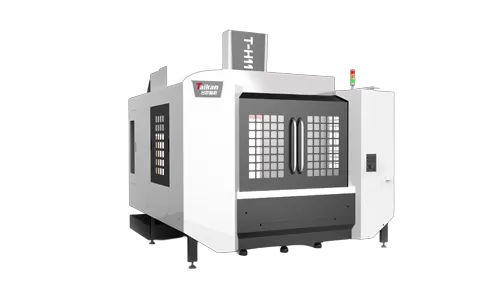
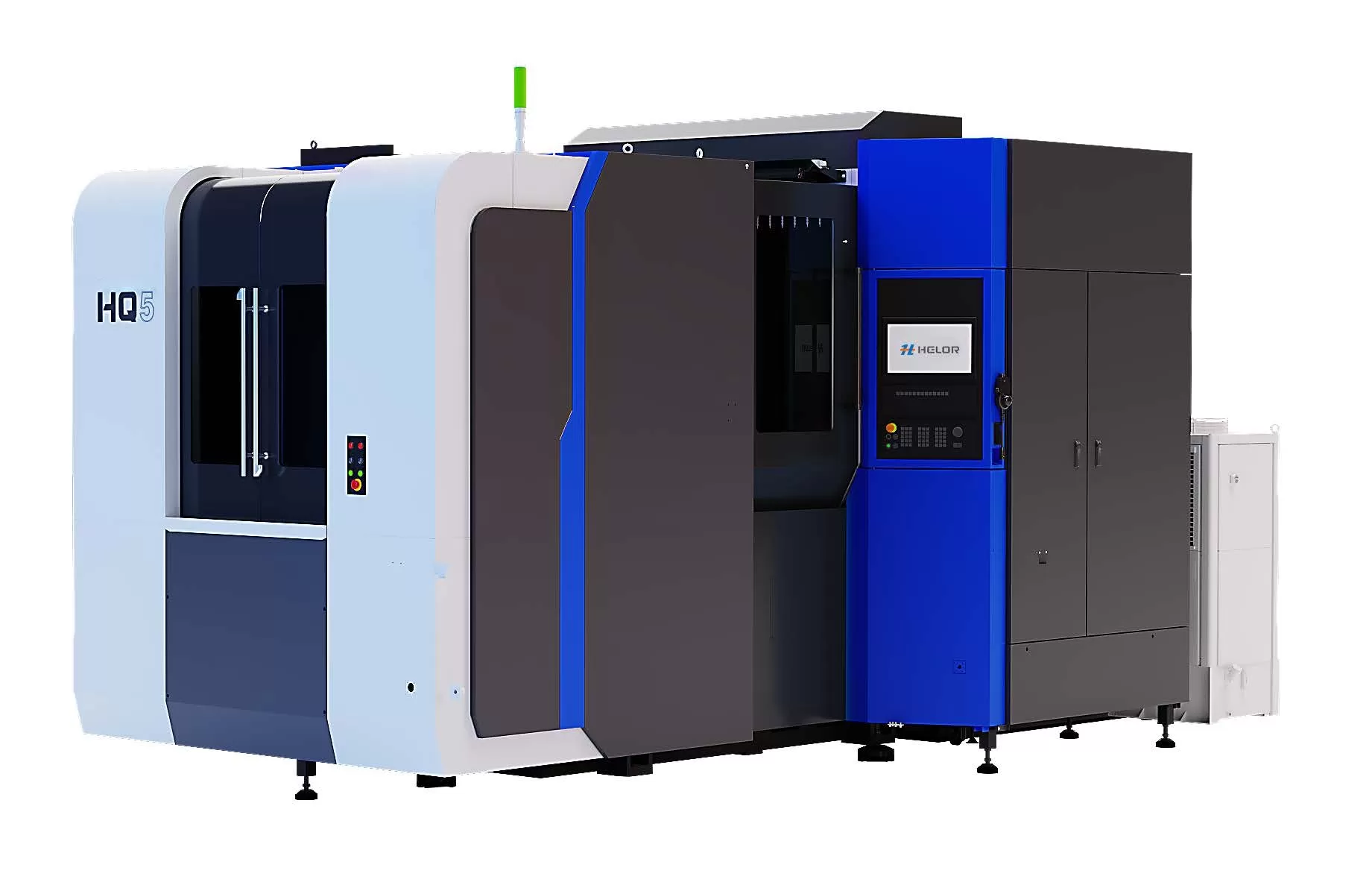
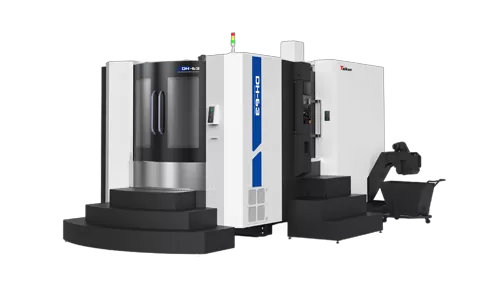
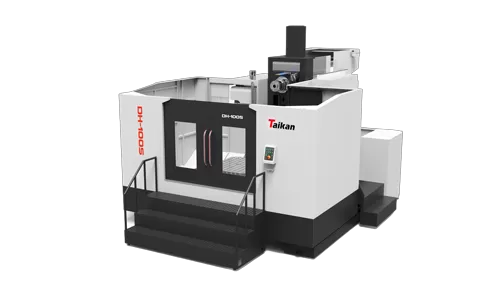
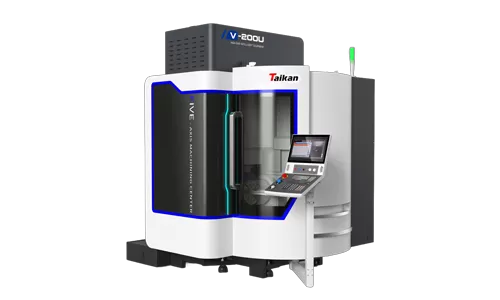
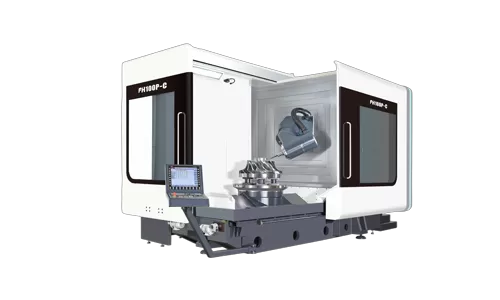
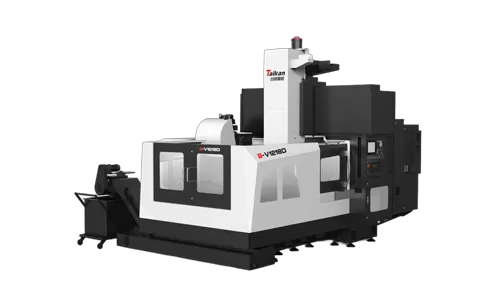
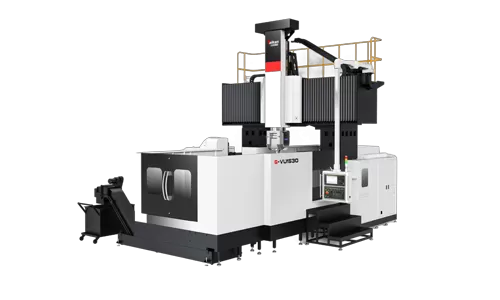
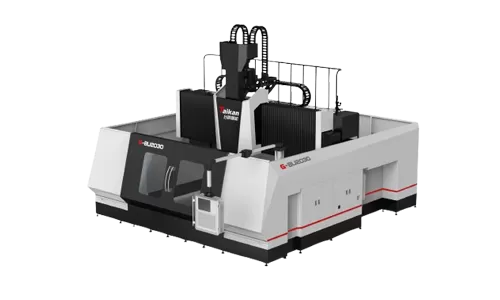
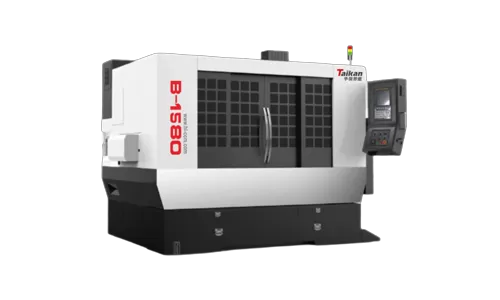
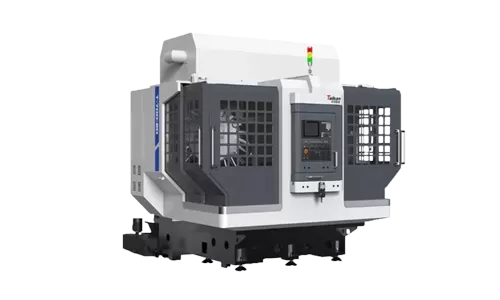
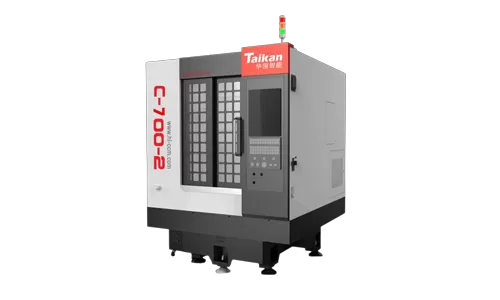
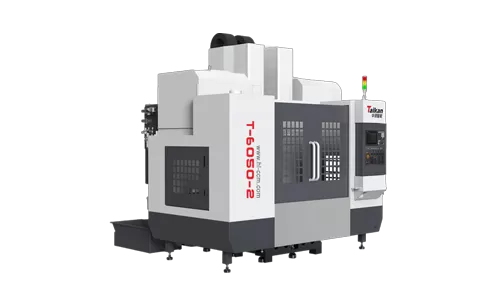
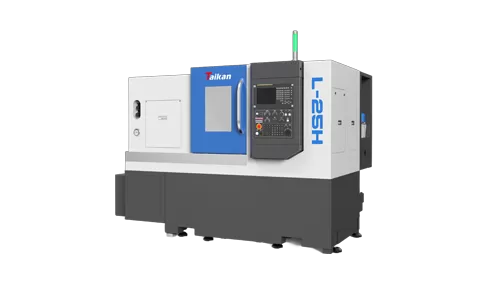
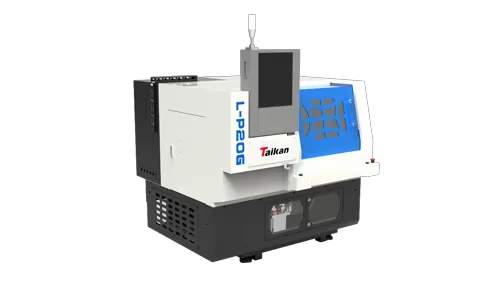


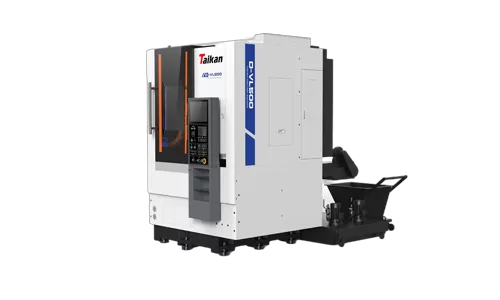
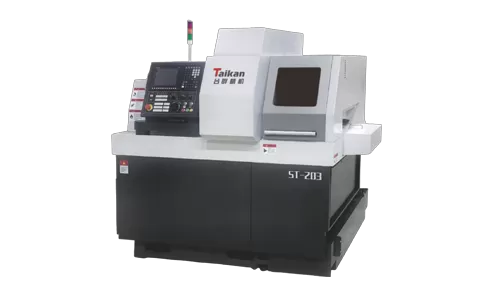
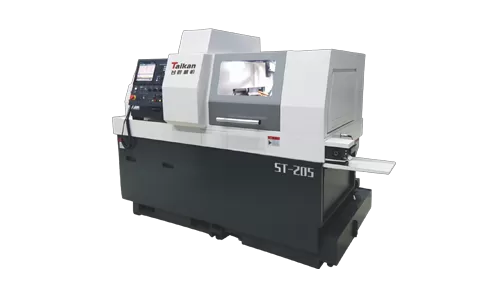
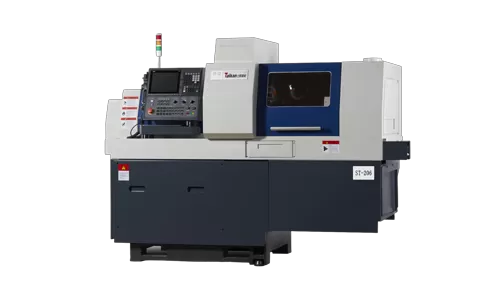 Vertical Machining Center Drilling and Milling Machining Center Profile Machining Center Horizontal Machining Center 5-Axis Machining Center Gantry Machining Center CNC Multi-Head High-Speed Machining Center CNC Lathe CNC Swiss-Type Automatic LatheS series Standard Edition with 3-Axis Linear Guide Rails H Series Advanced Edition with 3-Axis Linear Guide Rails M Series Excellent Rigidity T-V Series Light Cutting W Series Hub Machining L Series Two Rails and One Hard Rail T Series 3-Axis Hard Rail DT Series High Precision Vertical Machining CenterB Series Drilling & Milling Machining Center S Series Drilling & Milling Machining Center SE Series Drilling & Milling Machining CenterT Series Moving Column Type & BT30 (Tilt-Disc Tool Magazine) V Series Moving Column Type & BT40 (Tilt-Disc Tool Magazine)T-H11 Horizontal Machining Center HQ5 High Rigidity Horizontal Machining Center DH-63 Horizontal Machining Center DH-100S Horizontal Machining CenterG-V Series 3-Axis Linear Guides G-VU Series 5-Axis Gantry Machining Center G-BU Series Bridge 5-Axis Gantry Machining CenterSingle-Head High-Speed Engraving Machining Center Multi-Channel High-Speed Machining Center Multi-Head High-Speed Engraving Machining Center Multi-Head Vertical Machining Center
Vertical Machining Center Drilling and Milling Machining Center Profile Machining Center Horizontal Machining Center 5-Axis Machining Center Gantry Machining Center CNC Multi-Head High-Speed Machining Center CNC Lathe CNC Swiss-Type Automatic LatheS series Standard Edition with 3-Axis Linear Guide Rails H Series Advanced Edition with 3-Axis Linear Guide Rails M Series Excellent Rigidity T-V Series Light Cutting W Series Hub Machining L Series Two Rails and One Hard Rail T Series 3-Axis Hard Rail DT Series High Precision Vertical Machining CenterB Series Drilling & Milling Machining Center S Series Drilling & Milling Machining Center SE Series Drilling & Milling Machining CenterT Series Moving Column Type & BT30 (Tilt-Disc Tool Magazine) V Series Moving Column Type & BT40 (Tilt-Disc Tool Magazine)T-H11 Horizontal Machining Center HQ5 High Rigidity Horizontal Machining Center DH-63 Horizontal Machining Center DH-100S Horizontal Machining CenterG-V Series 3-Axis Linear Guides G-VU Series 5-Axis Gantry Machining Center G-BU Series Bridge 5-Axis Gantry Machining CenterSingle-Head High-Speed Engraving Machining Center Multi-Channel High-Speed Machining Center Multi-Head High-Speed Engraving Machining Center Multi-Head Vertical Machining Center
 es
es  pt
pt  ar
ar  tr
tr  fr
fr  de
de  it
it  th
th  vi
vi  pl
pl  ms
ms  hi
hi  id
id  kk
kk 
